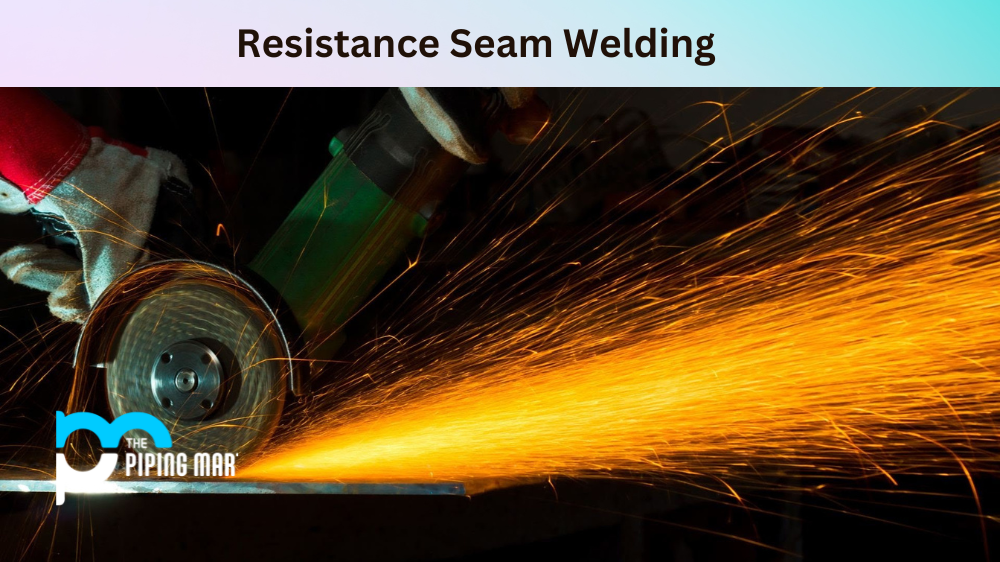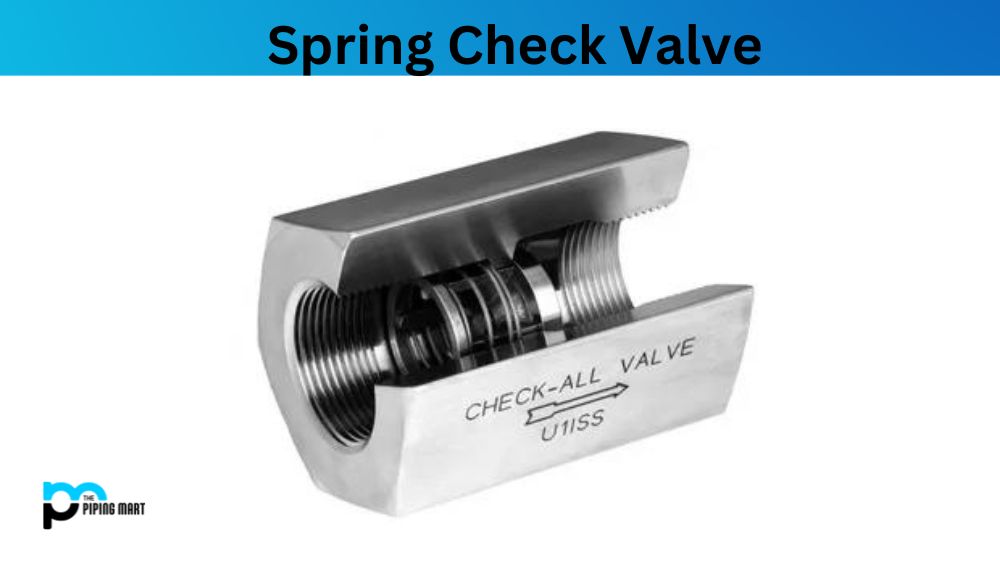Resistance seam welding creates strong, reliable welded joints in various applications. It is often used in the automotive industry for joining sheet metal and other components, as well as for assembling door frames, window frames, and various structural components. Let’s take a closer look at how this vital welding process works.
What is Resistance Seam Welding?
Resistance seam welding is a form of spot welding that uses two electrodes to combine two pieces of metal by applying heat and pressure. The process starts with two electrodes placed on opposite sides of the joint where the metal pieces are to be joined. When an electric current passes through the electrodes, it creates heat which melts the metal and forms a weld between the two pieces.
The heat generated by resistance seam welding is lower than another arc welding, so it can be used on materials that are more prone to warping or distortion when exposed to higher temperatures.
Resistance Seam Welding Uses
The versatility of resistance seam welding makes it an ideal choice for many applications. In addition to its use in automotive manufacturing, it is also used extensively in shipbuilding and aerospace manufacturing due to its ability to create strong welds with minimal distortion or warping. It can also be used in industrial settings such as construction sites and warehouses where steel beams or pipes need to be joined together quickly and securely.
Working
For resistance seam welding to work correctly, there must be an electrical connection between both pieces of metal that are being joined together. This connection allows electricity to pass through both pieces, creating enough heat at the point where they meet to melt them into one piece. The amount of current that flows through the electrodes can be adjusted depending on how thick or thin the material being welded is; thicker material will require more current than more delicate material to melt properly. Once melted, pressure is applied until both pieces are excellent and form a solid bond.
Conclusion:
Resistance seam welding is one of the most reliable methods for creating solid welds without warping or distorting sensitive materials like those in automotive and aerospace applications. Its ability to provide strong joints with minimal distortion makes it ideal for any application where precision-welded parts are needed quickly without sacrificing quality or reliability. By understanding how this vital process works, website owners and SEO newbies can better appreciate why resistance seam welding has become such an integral part of modern manufacturing processes worldwide.
Meet Heer, a dynamic and driven writer learning tricks of her trade in the metal industry. With a background in Digital Marketing, Heer brings a unique perspective to her writing, sharing valuable insights. Apart from blogging she like reading and hiking.




